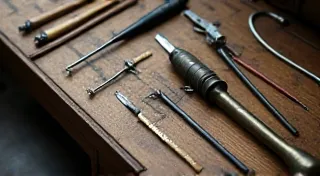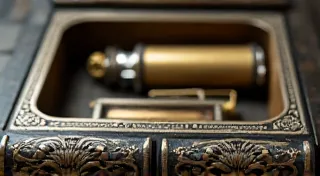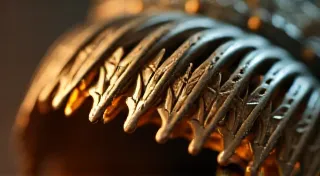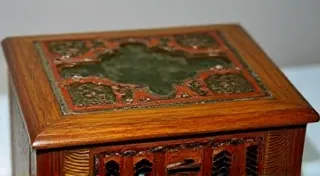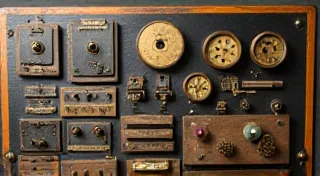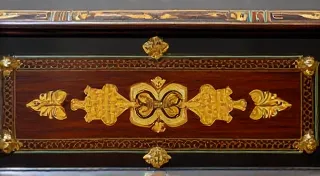DIY Music Box Repair: Simple Fixes You Can Try at Home
So you're the proud owner of a beautiful antique music box! These intricate pieces of history are truly captivating, but like any antique, they can sometimes require a little TLC. Don't be intimidated! Many common music box issues are easily tackled with a few simple tools and techniques. This guide will walk you through some basic repairs you can try at home, keeping your treasured music box playing sweetly for years to come.
Disclaimer: While these repairs are generally safe for beginners, working on antique mechanisms can be delicate. If you are uncomfortable with any of these steps, or if the problem is beyond your skill level, please consult a professional music box repair specialist.
Common Music Box Problems & Simple Solutions
1. Loose Screws
Perhaps the most common issue is loose screws. Over time, the vibrations of the movement can cause screws to work themselves loose. This can lead to rattling, off-key notes, or even complete malfunctions.
What You'll Need: Small screwdriver (Phillips or flathead, depending on the screw type)
How to Fix It: Carefully inspect the entire movement. Identify any loose screws and tighten them gently. Don't overtighten, as this can strip the screw head or damage the surrounding wood. A tiny dab of threadlocker (like Loctite Blue) can help prevent them from loosening again, but use sparingly – it can be difficult to remove later if needed.
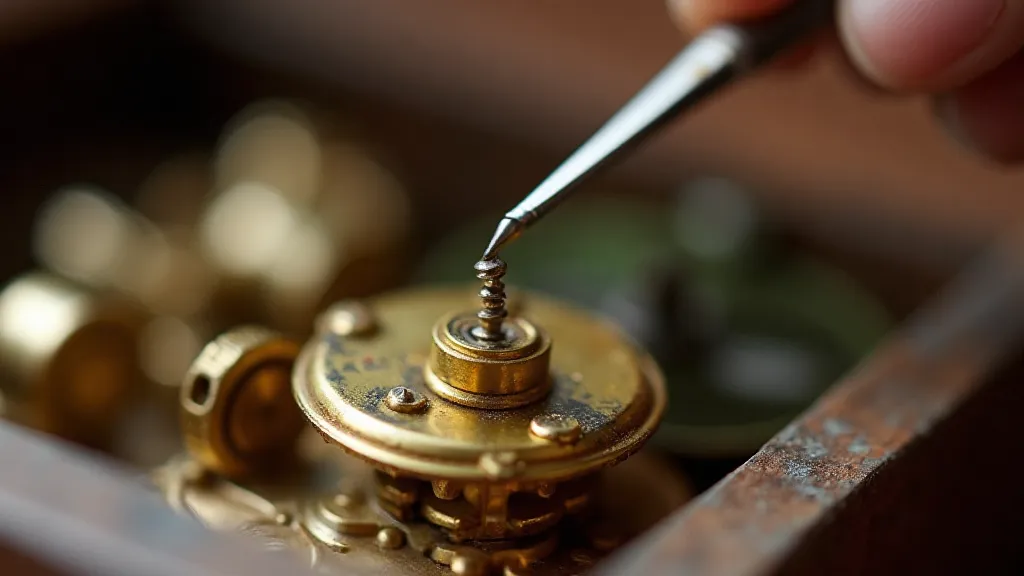
2. Sticking or Slow-Moving Parts
Sometimes, the intricate components of a music box mechanism can become sticky or slow to move due to dried grease or dust. This can affect the music's clarity and tempo.
What You'll Need: Small brush (artist's brush is ideal), Mineral spirits (odorless), Cotton swabs, Soft cloth.
How to Fix It: Use the small brush to gently remove any visible dust. Dip a cotton swab in mineral spirits and *carefully* clean the affected parts. Use the soft cloth to absorb any excess mineral spirits. *Always* work in a well-ventilated area when using mineral spirits. A tiny drop of light machine oil (like sewing machine oil) can be applied to pivot points afterward, but use sparingly! Too much oil attracts dust.
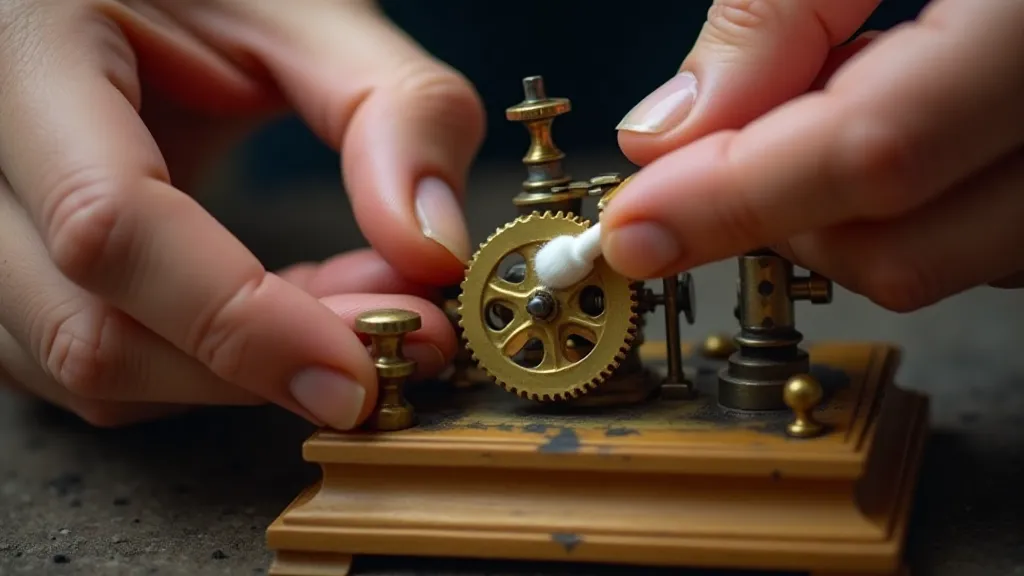
3. Dull Tines (Prongs)
The tines, or prongs, are what pluck the comb to create the music. Over time, they can become slightly bent or dull, which can affect the tone and volume.
What You'll Need: Magnifying glass, Very small pliers (needle-nose pliers), Soft cloth.
How to Fix It: Use the magnifying glass to carefully examine the tines. If a tine is bent, *gently* straighten it using the pliers. Be incredibly careful not to break it! A slight adjustment can make a significant difference. Wrap the pliers' tips with a soft cloth to prevent scratching the tines.
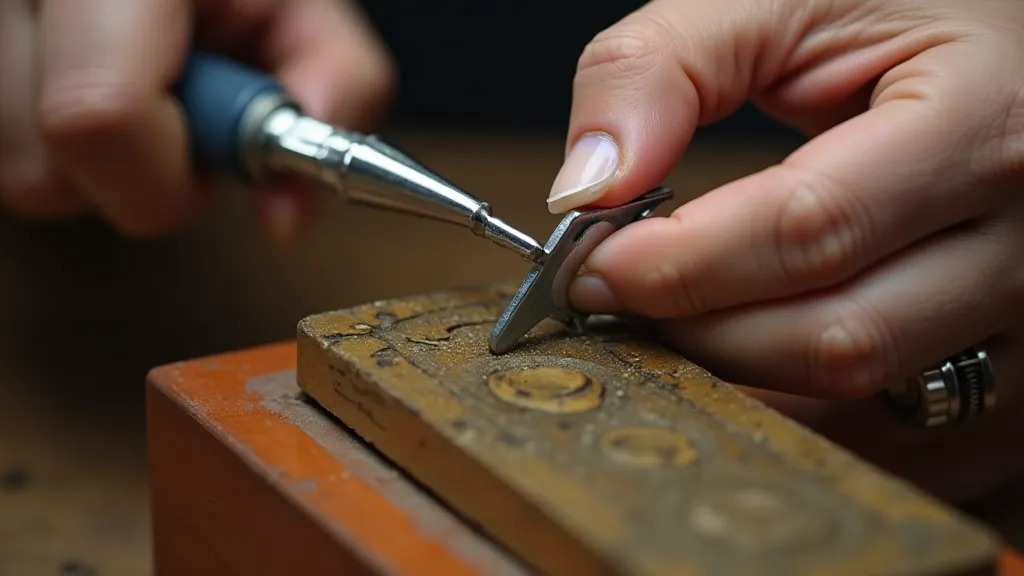
Further Exploration & Preservation
These are just a few basic repairs you can attempt. Remember to always proceed with caution and document your work with photos before and after. There are many wonderful resources available online and in print for those wishing to delve deeper into the world of antique music box restoration. Joining a music box collecting club can also be a great way to learn from experienced enthusiasts.
Preserving your antique music box is about more than just fixing problems. It’s about appreciating its history, craftsmanship, and the beautiful music it creates. Happy restoring!
